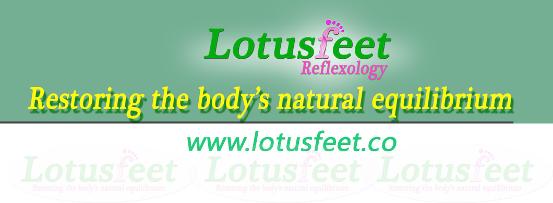What is reflexology?
Reflexology is a complementary therapy based on the belief that there are reflex areas in the hands and feet which are believed to correspond to all organs and parts of the body.
How does reflexology work?

When an area is stimulated using pressure with the thumbs and fingers a signal is sent through the nervous system to the brain. The brain acts on these ‘signals’ and sends messages to the internal organs causing them to adjust levels of fuel and oxygen until the motor system allows the body’s overall tone or tension to operate at a lower stress level. It is in this deeply relaxed state that reflexology can encourage the body to help with lymphatic drainage, elimination of waste products and toxins, stimulate nerve endings and bring stress levels under control.
Did you know that 75% of all illnesses are said to be related to stress?
What does it feel like?
Firstly it is not at all ticklish! More like a work-out on the feet or hands which in some areas may feel a little sensitive but this soon passes and eventually results in a buzzy, wonderfully relaxed feeling throughout the body. You feel soothed and calm or energised. Someone once remarked that afterwards ‘it felt like walking on air’.
Any side effects from this therapy?
There are no negative side-effects known and reflexology can be used safely as a complement to clinical medicine. The aim of reflexology is to encourage ‘homeostatis’ or normality in the body. In doing so there may be a slight worsening of symptoms but this soon passes and is a good indication that the body is striving to ‘right’ itself,
contact us here.

